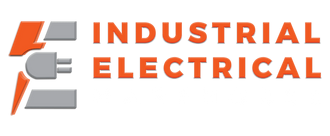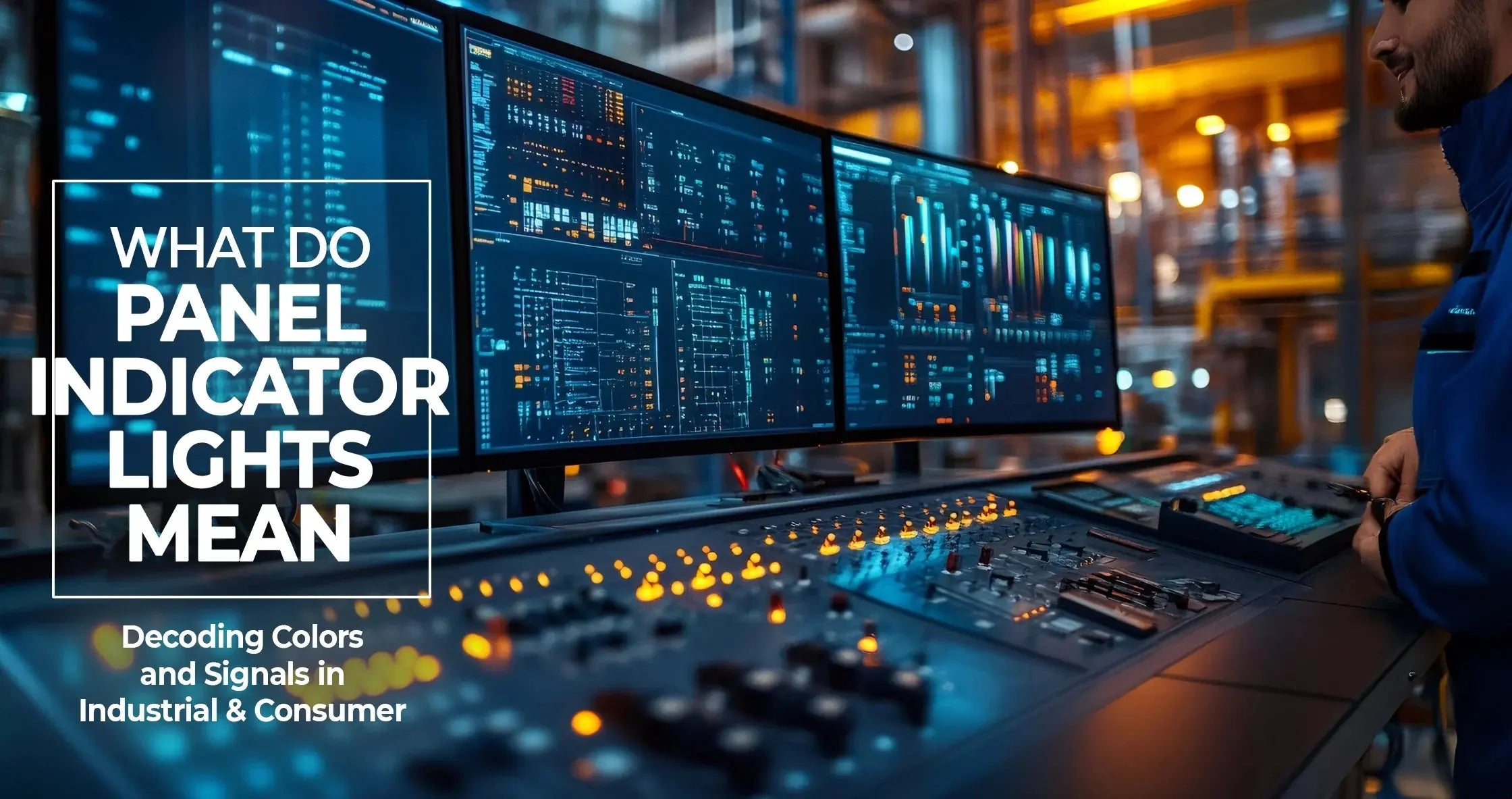Panel indicator lights are essential components used across various industries to communicate the operational status of machines, systems, or devices. Whether it's a simple LED on your microwave or a complex signal light on an industrial control panel, these indicators provide instant visual feedback that helps users make informed decisions. In this article, we will explore the functions, types, and meanings of panel indicator lights to help you understand their importance and usage.
Understanding the Basics of Panel Indicator Lights
What Are Panel Indicator Lights?
Panel indicator lights, also known as pilot lights or signal lamps, are small visual indicators mounted on panels or equipment surfaces. They serve to show whether a machine is active, idle, or experiencing a fault. These lights come in various forms, including LED, incandescent, and neon, each offering different benefits based on application needs. Because of their visibility and reliability, panel indicator lights are widely used in both industrial and consumer electronics.
The Core Components of Panel Indicator Lights
A typical panel indicator light consists of a housing, a light source (like LED or bulb), and a lens that enhances visibility. The housing protects internal components from dust and moisture, especially in harsh environments. The light source determines the brightness, energy consumption, and lifespan of the indicator. LEDs are particularly popular due to their long life and low power consumption. The lens often comes in different colors to signify specific statuses such as red for danger, green for normal operation, and yellow for caution.
Common Types of Panel Indicator Lights
LED Panel Indicator Lights
LEDs are the most commonly used type of panel indicator lights today. They offer high brightness, energy efficiency, and long-lasting performance. LED panel indicator lights can be found in a wide range of colors and are often used in applications where durability and visibility are crucial, such as automotive dashboards and industrial control panels. Multi-color LEDs can even change color depending on system status, making them highly versatile.
Incandescent and Neon Indicator Lights
While less common than LEDs, incandescent and neon indicator lights still have niche applications. Incandescent lights are known for their warm glow but tend to consume more power and have shorter lifespans. Neon lights, on the other hand, emit a distinct glow and are typically used in high-voltage environments. Both types are being gradually replaced by LEDs due to advancements in lighting technology and increasing demand for energy-efficient solutions.
How Panel Indicator Lights Communicate Information
Color-Coded Meaning Behind Indicator Lights
Colors play a vital role in conveying information through panel indicator lights. Red usually indicates a critical issue or emergency stop, while green signifies normal operation. Yellow or amber lights often warn of potential problems like overheating or pressure changes. Blue might indicate a need for external assistance, and white can represent monitoring or standby modes. This color coding ensures quick recognition and appropriate action without requiring detailed reading or interpretation.
Additional Visual Cues: Flashing vs Steady Light
In addition to color, the behavior of the light—whether steady or flashing—can add another layer of meaning. A steady light typically indicates a stable condition, whereas a flashing light may suggest an urgent warning or malfunction. For example, a steadily glowing green light means everything is running smoothly, while a flashing red light could indicate an imminent failure that requires immediate attention.
Applications of Panel Indicator Lights Across Industries
Industrial and Manufacturing Environments
In manufacturing settings, panel indicator lights are crucial for monitoring production lines, machinery, and control systems. They help technicians identify issues quickly, reducing downtime and improving overall efficiency. These lights are often part of larger systems that integrate alarms or digital displays to enhance situational awareness. Their use in hazardous environments has led to the development of vandal-proof and explosion-proof models designed to withstand extreme conditions.
Consumer Electronics and Automotive Systems
From household appliances like washing machines and ovens to car dashboard systems, panel indicator lights ensure users are aware of device status. In vehicles, these lights alert drivers to low fuel levels, engine faults, or airbag readiness. In home appliances, they inform users when a cycle is complete or if there’s a malfunction. As smart homes become more prevalent, panel mount LED indicators are increasingly used in smart thermostats, security systems, and energy management tools.
Choosing the Right Panel Indicator Lights for Your Needs
Factors to Consider When Selecting Indicator Lights
- Brightness: Choose a light that remains visible under all lighting conditions, especially in outdoor or industrial settings.
- Color Options: Ensure the available colors match the standard operational codes for your industry.
- Mounting Style: Decide between flush mount, panel mount, or surface mount options based on your equipment design.
- Durability: Look for weatherproof, vibration-resistant, or tamper-proof models if used in harsh environments.
Customization and Integration Options
Many manufacturers now offer customizable panel mount LED indicators to meet specific design requirements. You can choose from different shapes, sizes, and mounting styles to fit your control panel layout. Some advanced models integrate with automation systems or include audible alerts for added functionality. Customization not only improves aesthetics but also enhances usability and safety, especially in complex industrial setups.
Conclusion: Why Panel Indicator Lights Matter
Panel indicator lights play a crucial role in modern systems by providing real-time visual cues about equipment status. Whether in a factory, vehicle, or home appliance, these lights enhance safety, reduce errors, and improve operational efficiency. With the rise of LED technology, choosing the right panel indicator light has become easier and more cost-effective. By understanding their functions and applications, you can make better-informed decisions when selecting or upgrading your indicator systems.
Frequently Asked Questions (FAQ)
What do the different colors of panel indicator lights mean?
Red usually indicates a fault or emergency, green means normal operation, yellow signals caution, blue suggests external requests, and white shows monitoring mode. Always refer to the manufacturer's guidelines for exact interpretations.
Are LED panel indicator lights better than traditional bulbs?
Yes, LED panel indicator lights are more energy-efficient, longer-lasting, and brighter than traditional incandescent or neon lights. They are ideal for both indoor and outdoor applications due to their durability and low maintenance.
Where can I find reliable panel mount LED indicators?
You can find high-quality panel mount LED indicators at specialized electronics suppliers or industrial equipment stores. Visit our website to browse a wide selection of durable and customizable indicator lights suitable for any application. Explore our collection now!


